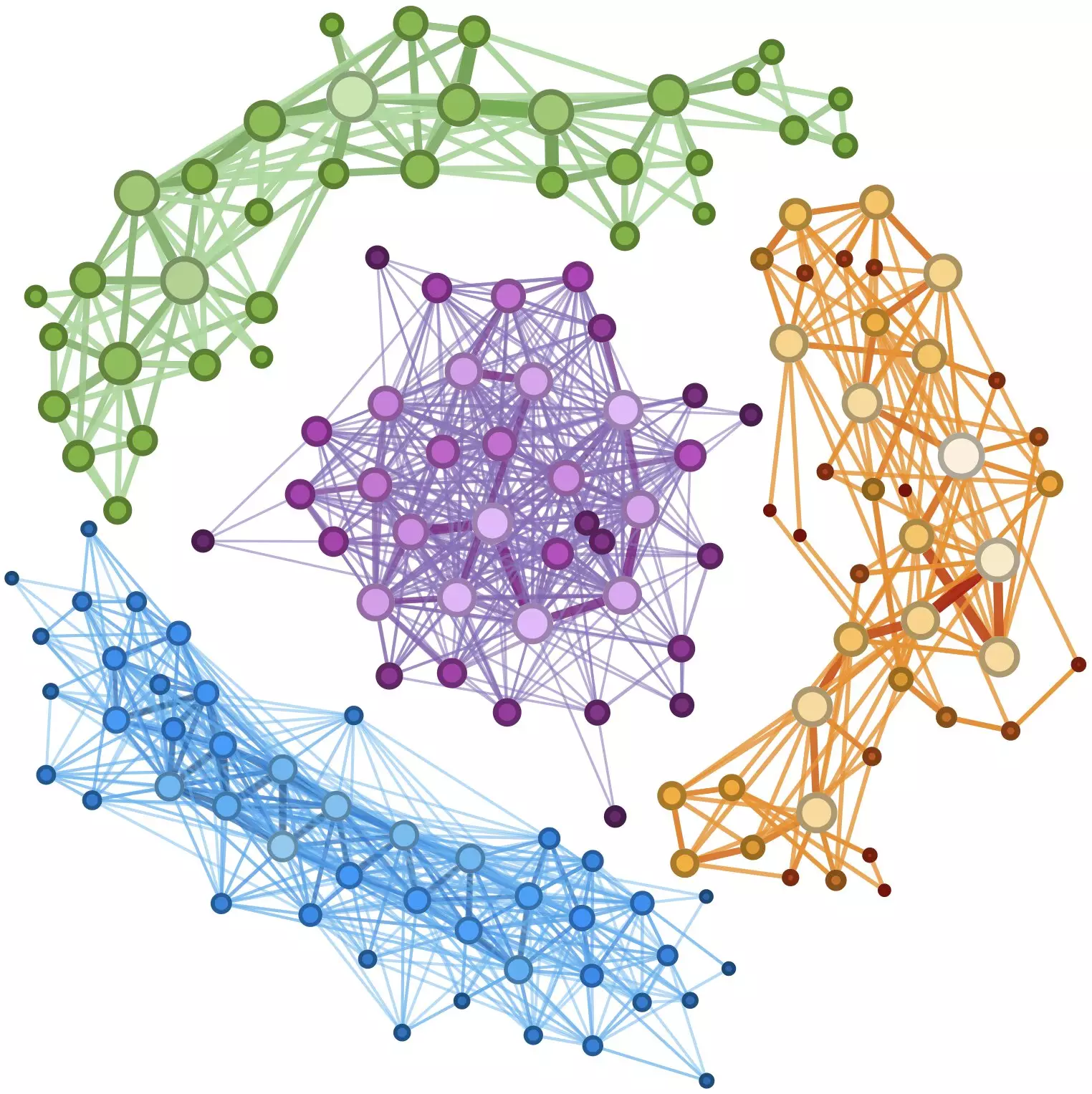Despite passing centuries since his death, Johann Sebastian Bach continues to resonate deeply with the modern listener. His music, streamed nearly seven million times each month on platforms like Spotify, eclipses even the greats like Mozart and Beethoven. With over a hundred million streams of works like the Prelude from the Cello Suite No. 1 in G Major, the question arises: what sustains the relevance of Bach’s compositions in contemporary society? Music critics often cite his innovative harmonies, intricate counterpoints, and structured symmetrical compositions as benchmarks of his greatness.
However, a deeper examination through novel approaches, such as network analysis, illuminates new dimensions of Bach’s work. Researchers Dani S. Bassett and Suman Kulkarni have ventured into analyzing Bach’s entire body of music using network theory, revealing underlying structures that quantify musical sequences in ways that traditional methodologies may overlook. This fresh perspective not only enhances our understanding of Bach’s music but also opens avenues for various applications in music therapy, composition, and even artificial intelligence in the music industry.
Bassett, a distinguished professor across multiple scientific disciplines, along with Kulkarni, explores the intricate networks formed by musical notes and their transitions. By representing Bach’s music as a network where notes serve as nodes and the transitions between them as edges, the researchers unveil the complexities within. This analytical framework allows them to digest the intricate details of compositions more easily than conventional subjective interpretations.
Unlike mere listening, network analysis provides quantifiable metrics to evaluate musical works. Two pivotal concepts that emerged from their analysis are entropy and clustering. Entropy, in this context, indicates the variability of note sequences within a musical composition. High variability suggests a wealth of information compacted in fewer notes, whereas lower entropy indicates repetitiveness or predictable structures. Clustering measures the extent to which musical transitions align with or challenge listener expectations. For Bach, this analysis illustrates the unique duality of his music, which unearths both complexity and simplicity.
Musicians and music producers could gain invaluable insights from this data-driven interpretation of musical structure. As Bassett points out, understanding the relationship between musical complexity and human emotional response can pave the way for more personalized music recommendations, particularly in therapeutic contexts. The potential for enhancing mental well-being through music is vast, and deeper structural insights could lead to more effective tailored interventions for conditions like anxiety or depression.
In their research, the team also discovered significant differences between the styles of Bach’s chorales and toccatas. Chorales, characterized by their straightforward narratives and low entropy, are designed for communal experiences, often inciting contemplation and spirituality during church services. On the contrary, toccatas are filled with complex textures and chromatics, aimed at showcasing virtuosity and entertainment. This nuanced understanding diverges from conventional distinctions of merely style, revealing a profound connection between the form and intent of various compositions.
Future Perspectives and Broader Implications
The implications of this pioneering research extend beyond understanding Bach alone. As Bassett indicated, the goal is to apply this framework across other genres and composers. Future explorations may involve analyzing jazz or even non-Western music, delving into cultural differences that influence the emotional and cognitive responses to various musical forms. Kulkarni’s curiosity about these diverse systems suggests that the findings on Bach may just be the tip of the iceberg, heralding an era of interdisciplinary collaboration that crosses the boundaries of music, psychology, and computational science.
Bassett’s journey, from classical piano to pioneering scientific exploration, exemplifies a merging of the arts and the sciences that could redefine how we perceive and interact with music. As research unravels how different styles affect human experiences, it may also illuminate the intertwined nature of music and language, exploring how these distinct forms of expression shape collective human states.
Johann Sebastian Bach’s music transcends time not merely because of its aesthetic beauty but also due to its foundational structures that resonate with the intricacies of human experience. By employing innovative approaches such as network theory, researchers are poised to expand our understanding of musical works, creating a synthesis between art and scientific analysis. The methods pioneered in studying Bach’s compositions may ultimately uplift various aspects of music, fostering a deeper appreciation and therapeutic application for generations to come. This ongoing journey into the intersection of music and science invites us to explore how the legacy of a baroque genius can inform and inspire future musical landscapes.

